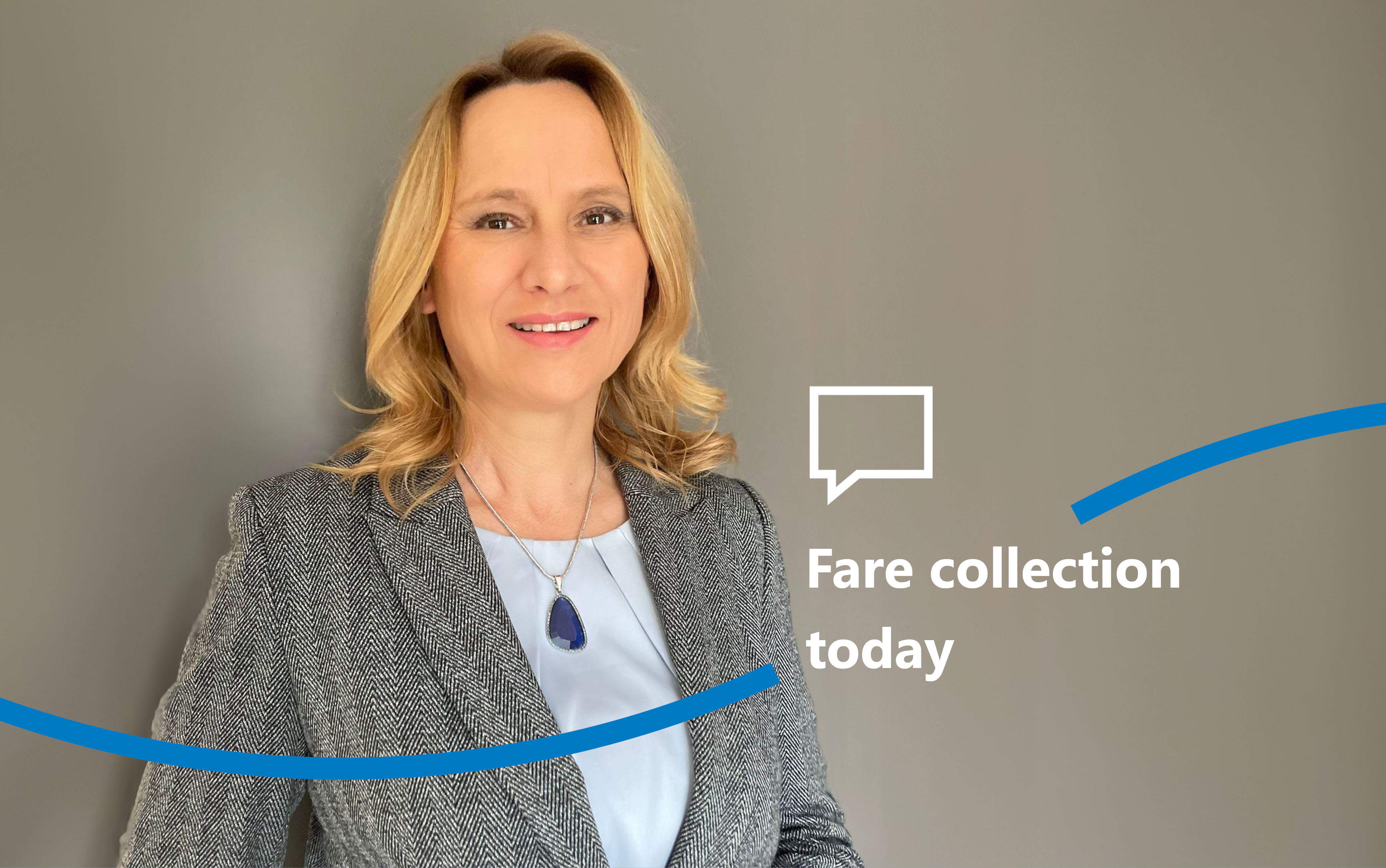Forget paper tickets and studying fares. Public transport in the 21st century is writing a new story. We spoke with Marina Schiffer, Managing Director of Scheidt & Bachmann Slovensko, responsible for the Fare Collection Systems division, about how fares are changing and what modern passenger handling systems can do today.
Please introduce Scheidt & Bachmann Fare Collection Systems.
Scheidt & Bachmann Fare Collection Systems is a leading provider of system solutions that make using public transport easy. In partnership with transport operators around the world, we are committed to making travel as pleasant and stress-free as possible for passengers. Our goal is to make sustainable mobility accessible and easy for everyone. Our intelligent fare collection solutions are designed to meet this challenge.
You mention fare collection. What exactly does that entail?
Fare collection systems allow passengers to easily pay for their ride on subways, trains, buses, or trams at any time. We combine the innovative products and services of our brand FareGo with the unique expertise of our international team. This results in reliable, intuitive and forward-thinking fare collection systems.
What challenges are transportation operators facing?
Today, there are a variety of fares, ticketing media and payment methods. Passengers can still buy a traditional ticket from a ticket vending machine, but even here, many variables arise. While cash was primarily used in the past, many passengers now use digital media, such as contactless debit or credit cards, or they pay with a mobile wallet. Additionally, there are options such as ticketing apps or subscription models. Paying for a ride is far more complex than it seems at first glance. We address these diverse challenges with our modular fare collection portfolio.
How is your portfolio divided?
It consists of four areas. First, we offer devices for ticket sales and validation. These are connected to a central, cloud-based management platform that controls the entire system. This core system can be expanded with a data management system that allows for detailed analysis and optimisation of operations. Finally, a comprehensive service portfolio completes our offering, allowing us to share our expertise to relieve transport operators by managing numerous tasks with our partners. This means, they can focus entirely on what matters most: shaping a sustainable mobility for the future with a digital and future-oriented public transport system that offers their passengers a seamless travel experience.
Can you give an example where areas of the portfolio have been implemented?
A good example of the implementation of our portfolio is open payment systems. Passengers check in and out at the beginning and end of their journey with their mobile wallet, smart card or contactless credit or debit card. The system automatically selects the best fare and deducts the payment. The benefit for passengers is a highly convenient travel experience, as they don't need to buy a ticket in advance or have any fare knowledge. Registration is also not required. Passengers can simply board and travel, and the rest is handled by our system.
Is such a system already in use?
Yes, for example, the first German open payment system in Bonn is from us. In this innovative system, we have also integrated micromobility options alongside traditional public transport, so buses, trains, trams, bicycles, e-scooters and taxis can all be accessed and paid for conveniently through a single app. The juggling of multiple apps for different mobility forms is no longer necessary. Additionally, we have implemented open payment systems in Canada and the Netherlands.
Could you elaborate on the implementation of your system in the Netherlands?
In the Netherlands, we provide a large system platform that manages nationwide public transportation and enables unified ticketing. Looking after this single, centralised platform means handling over two billion transactions annually and 10 million transactions daily. More than 14 million active cards and 60,000 field devices are connected to our system. From validation to ticket sales to tap-and-go with the OV-Chipkaart, app or credit card – our system consolidates all services to simplify ticketing nationwide.
Finally, one last question. You recently introduced the new Fare Gate FareGo PG|50. What are your goals with this new fare gate?
One of our main objectives was to reduce fare evasion. The New York Metropolitan Transportation Authority alone loses nearly 700 million US dollars annually due to unpaid fares. Thanks to its innovative sensor technology, the FareGo PG|50 effectively prevents fare evasion attempts, such as tailgating, which is the illegal passage of additional passengers under one ticket. Additionally, it reliably distinguishes between people and objects, allowing the FareGo PG|50 to optimise passenger flow to effectively reduce queues during rush hour, while still adapting to passengers' individual needs. Combined with the modular design that enables the flexible and continuous expansion of our fare gate, the FareGo PG|50 is the ideal platform to make public transportation more efficient, accessible and comfortable.
Thank you, Marina, for these exciting insights into the world of modern fare collection systems!

